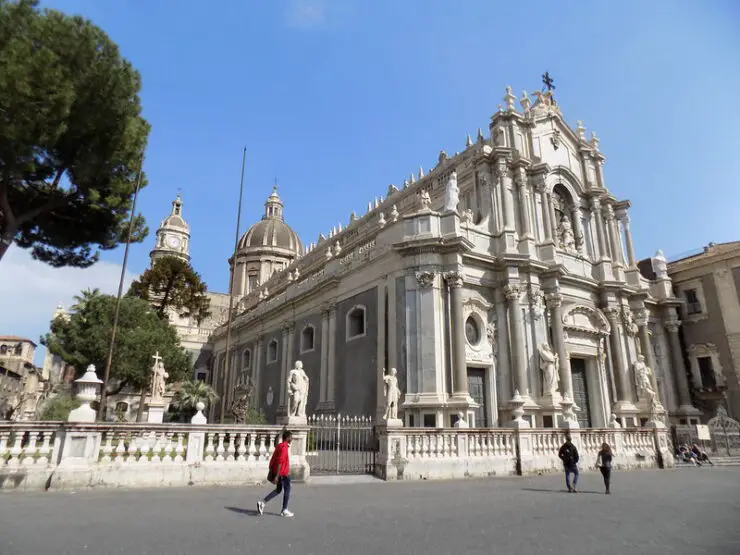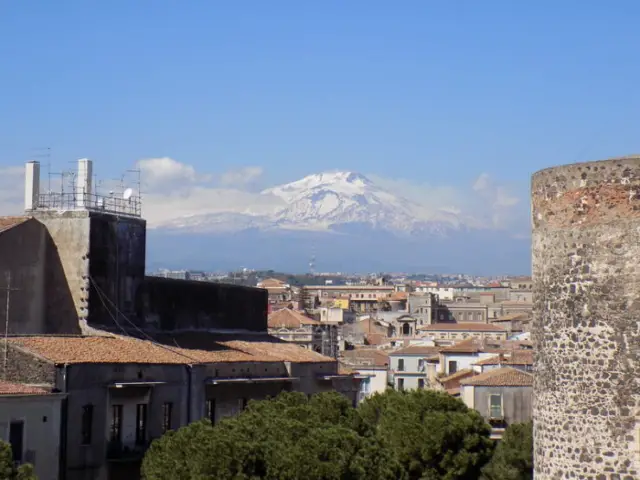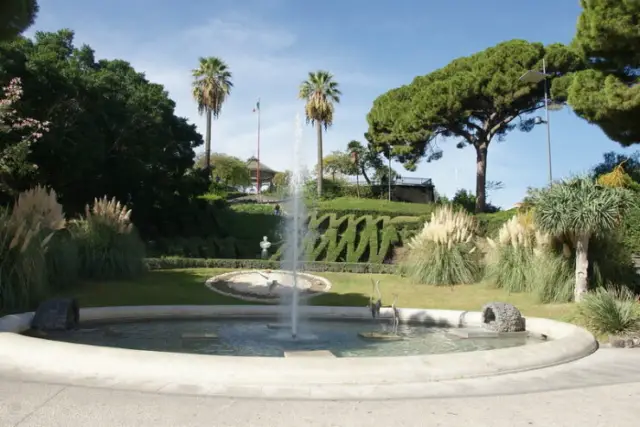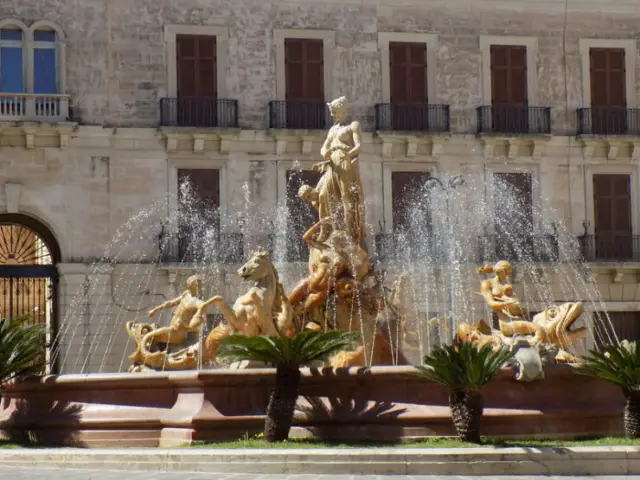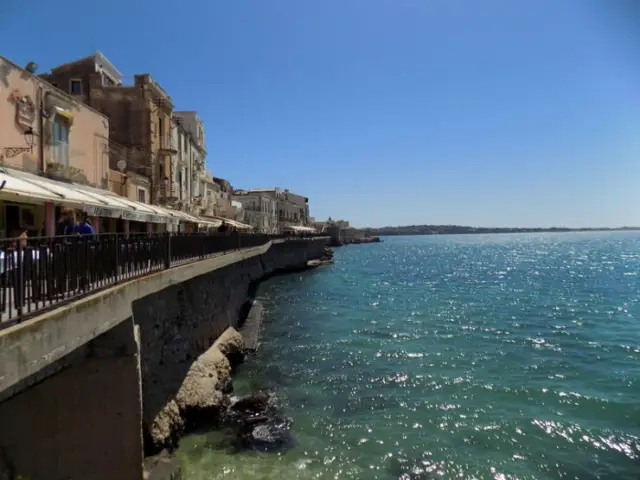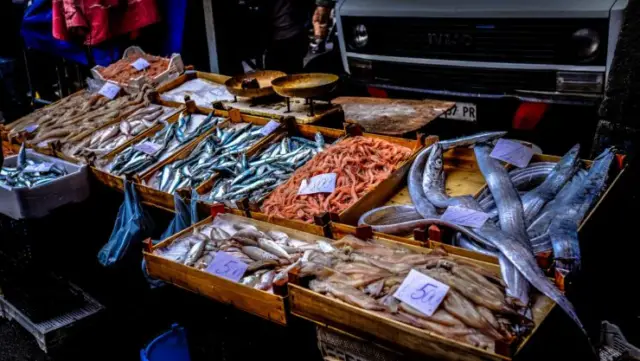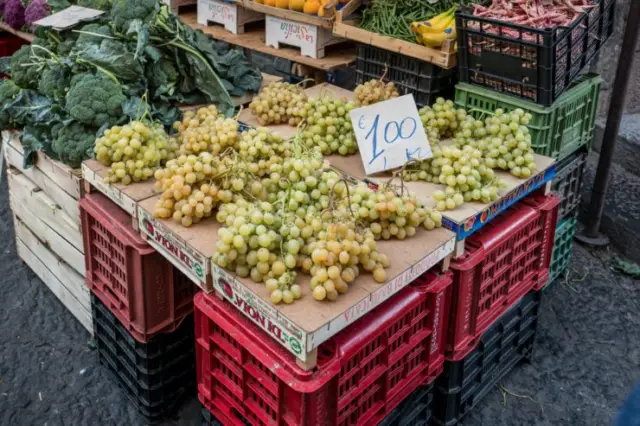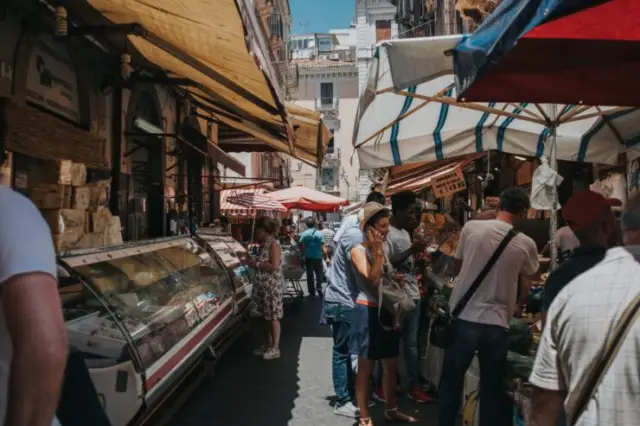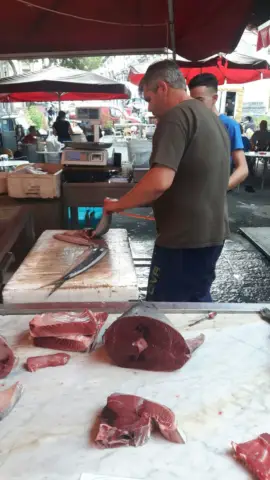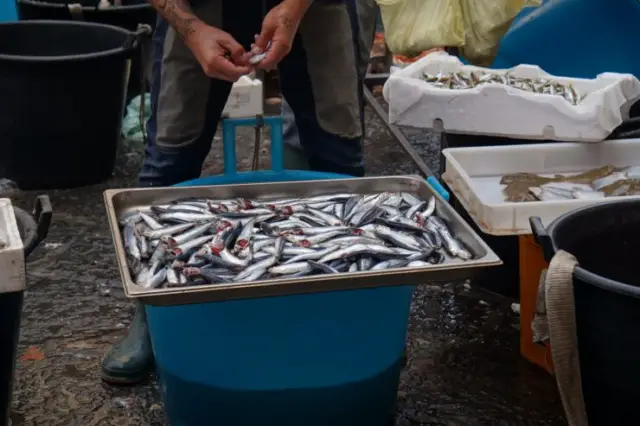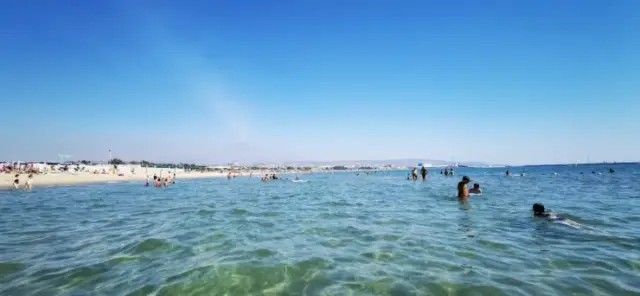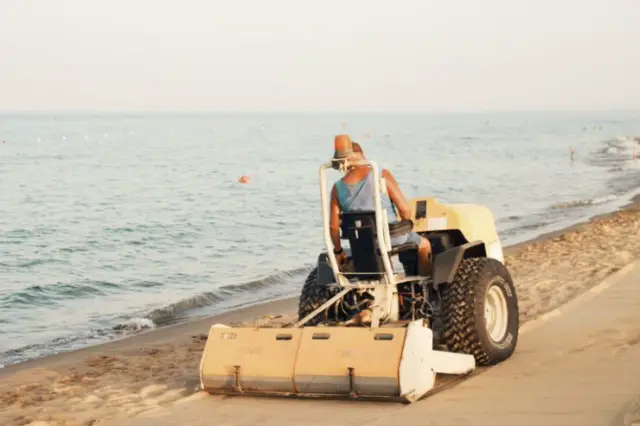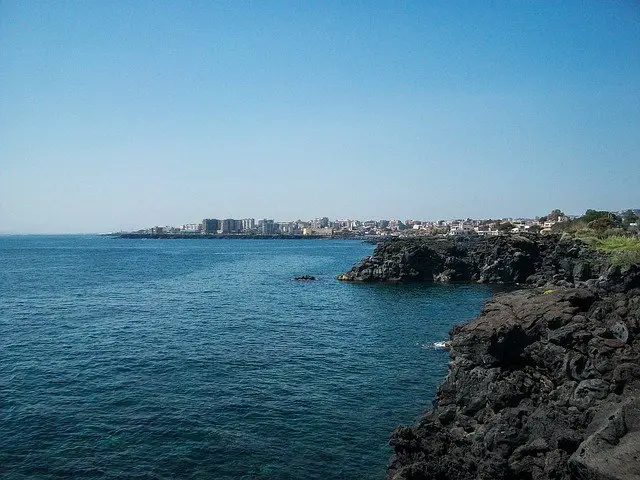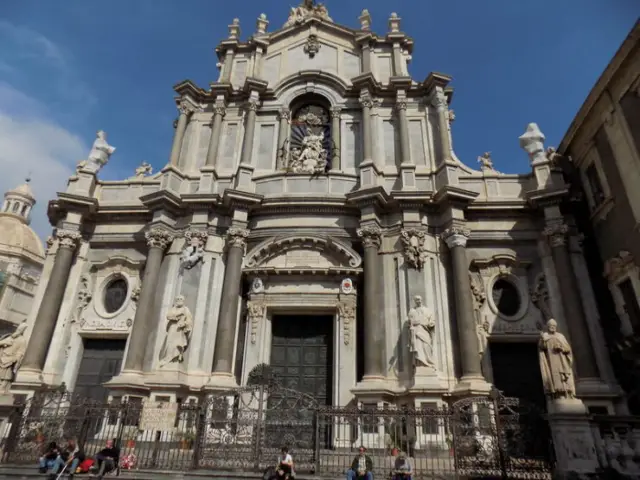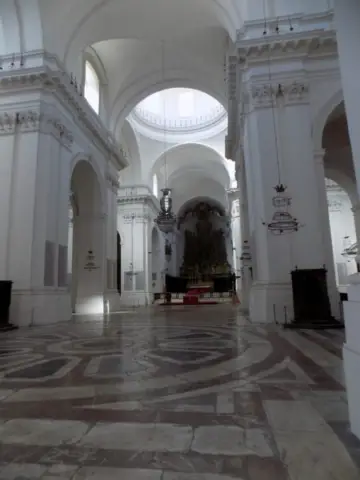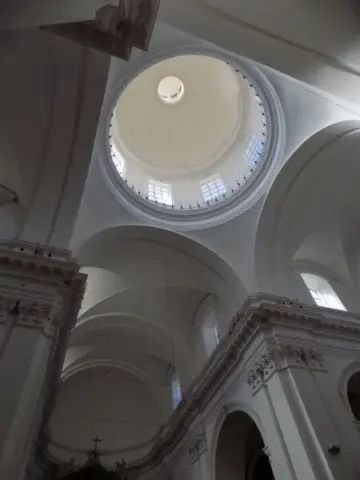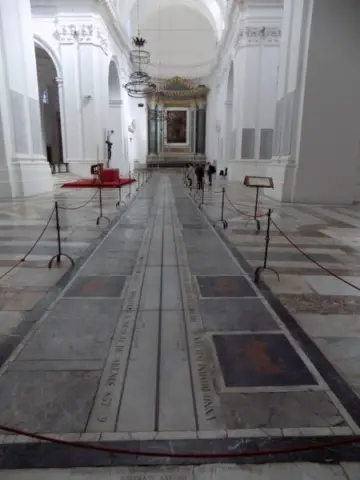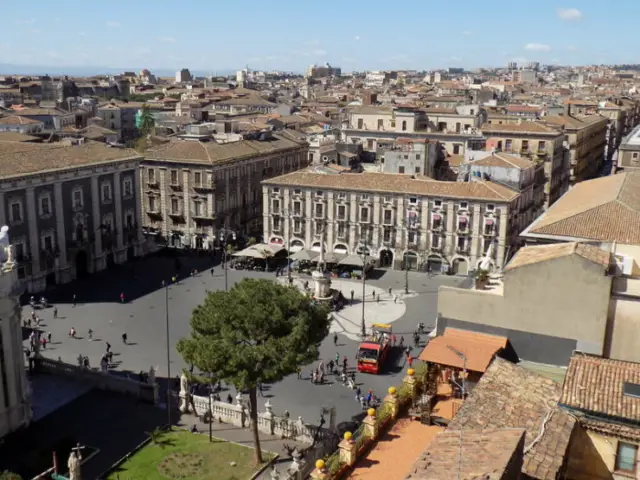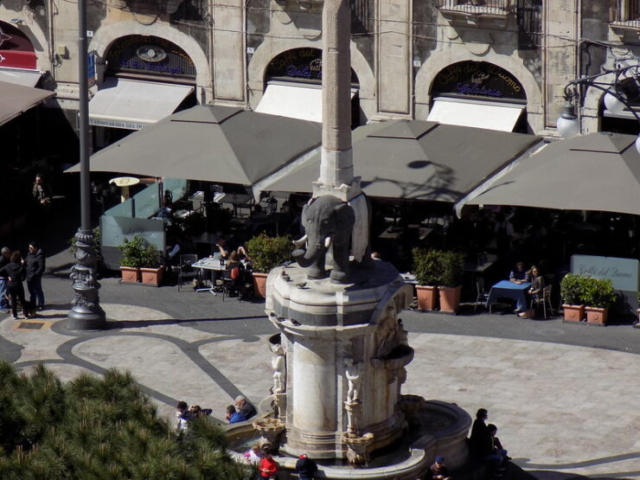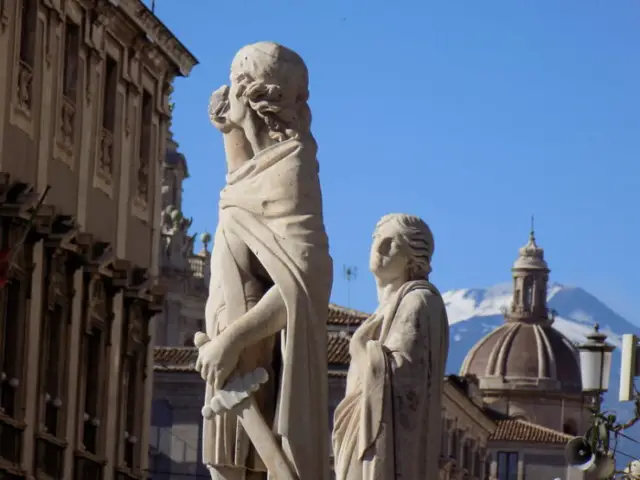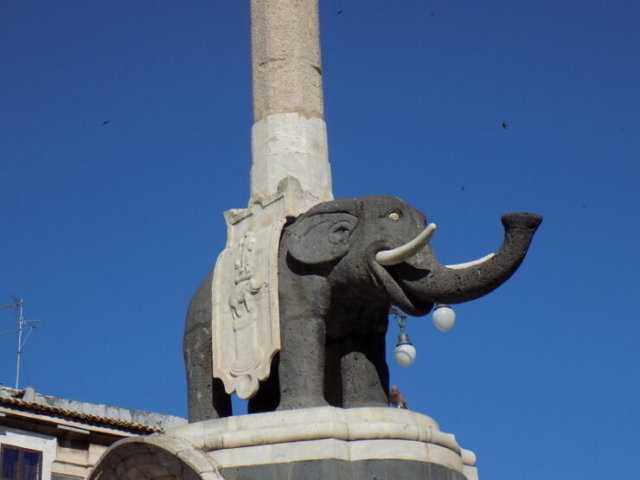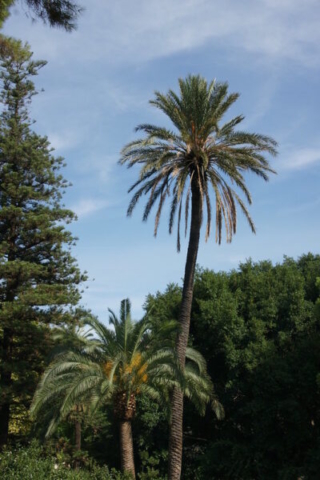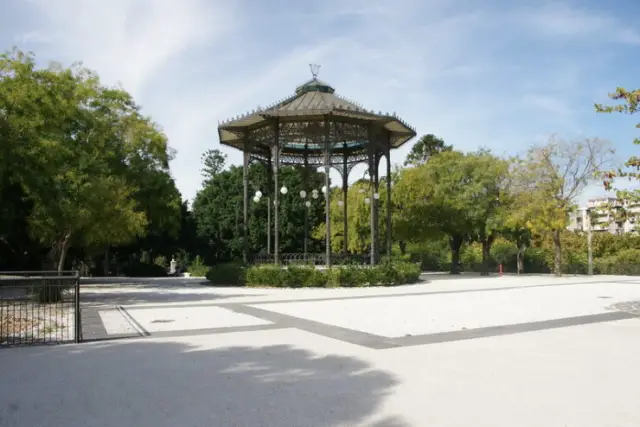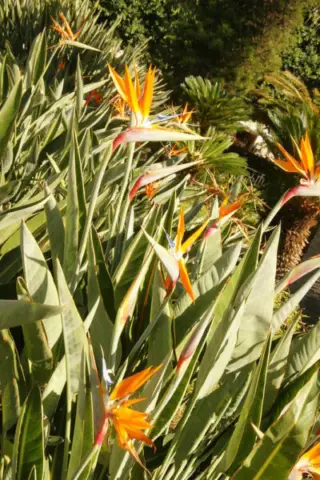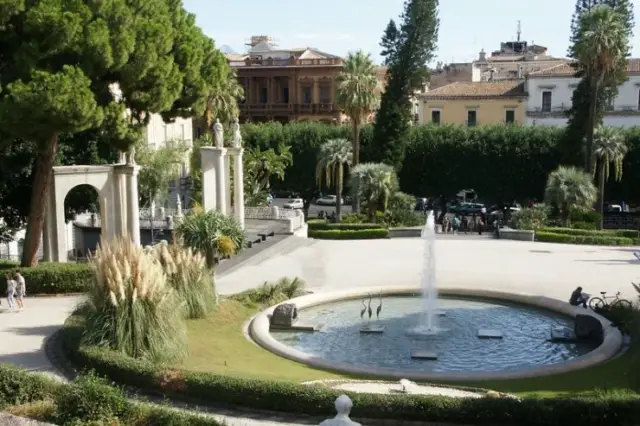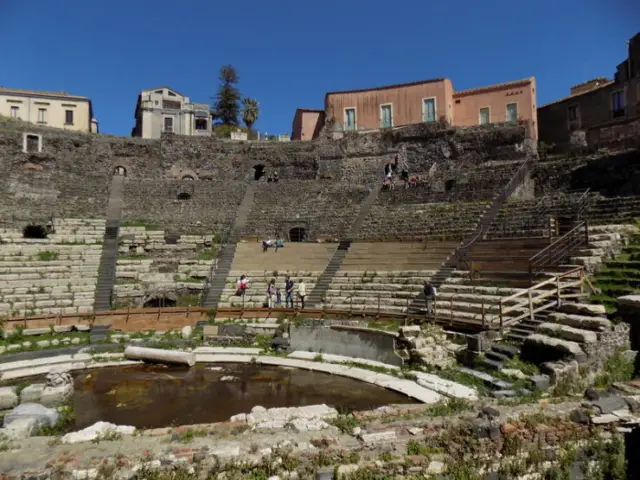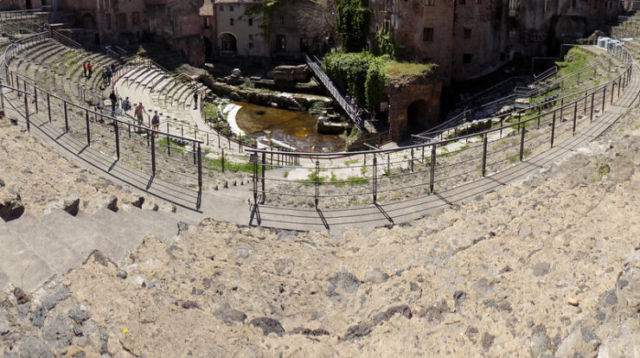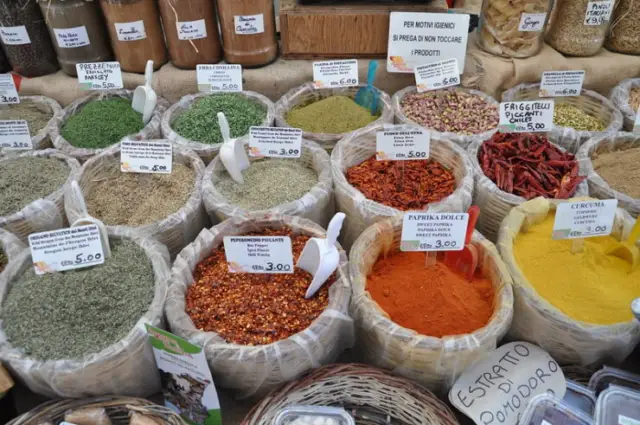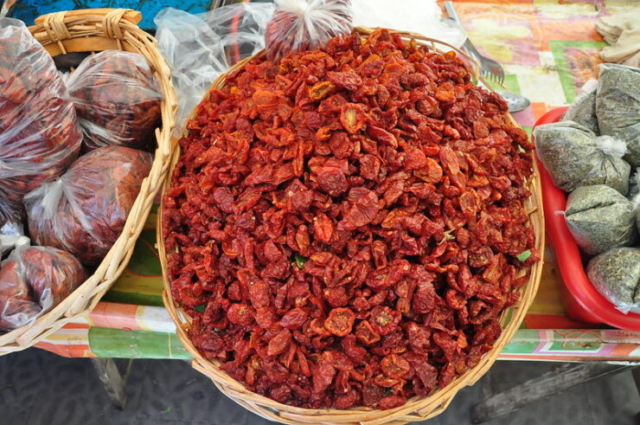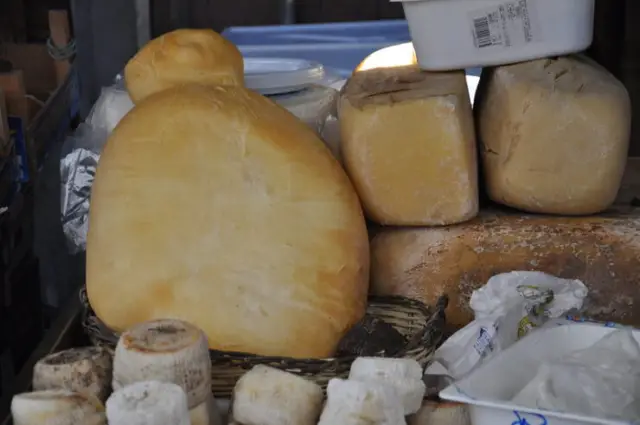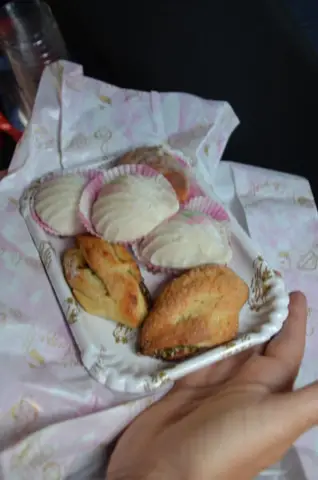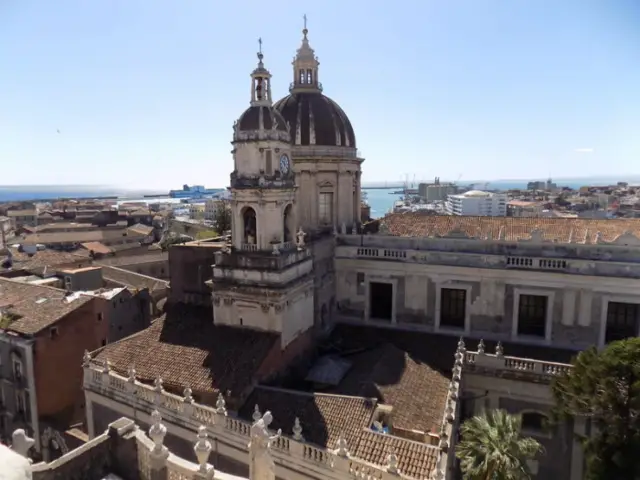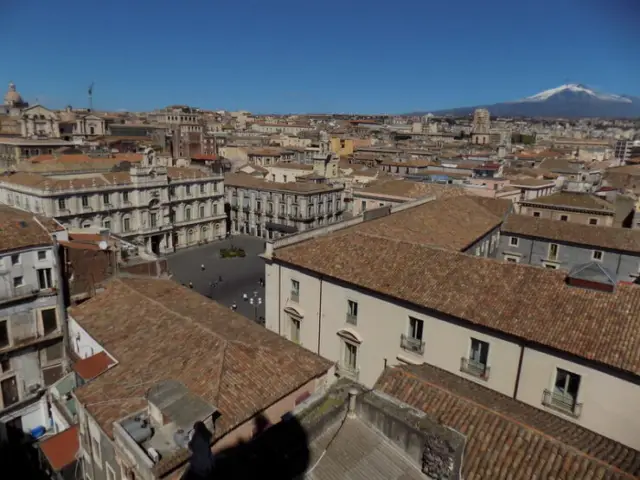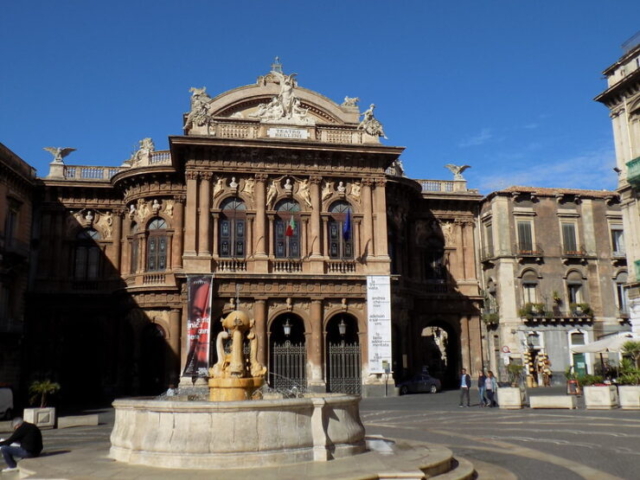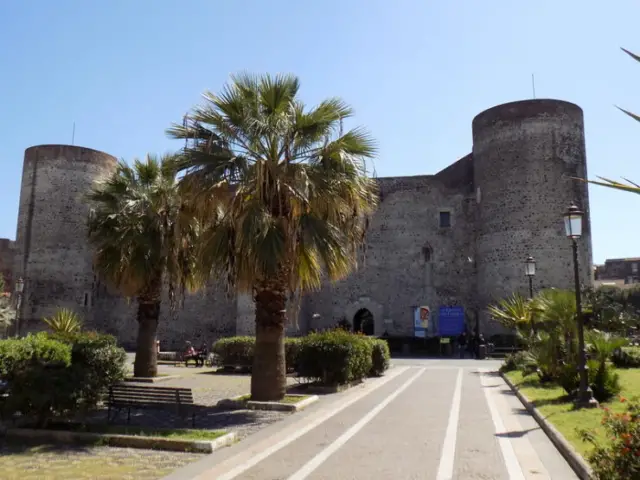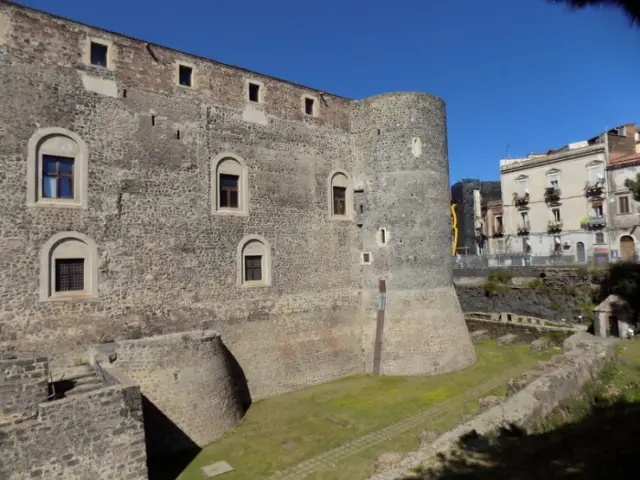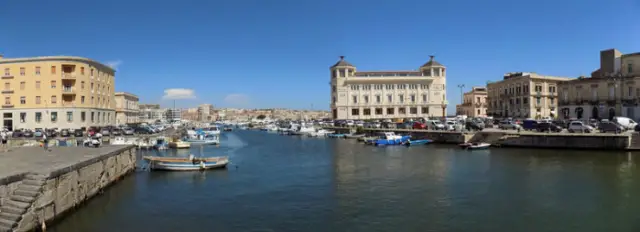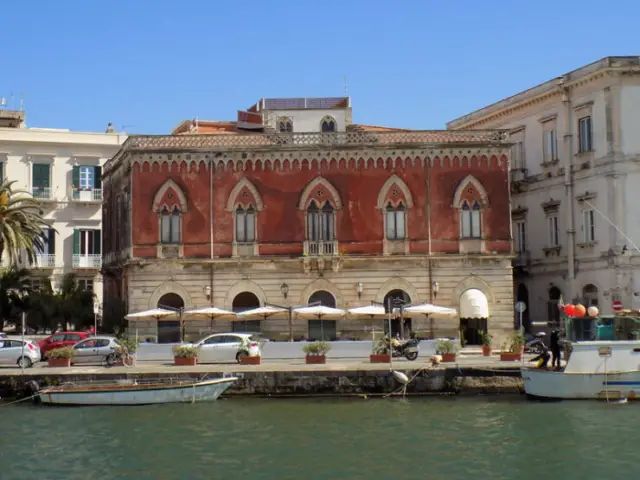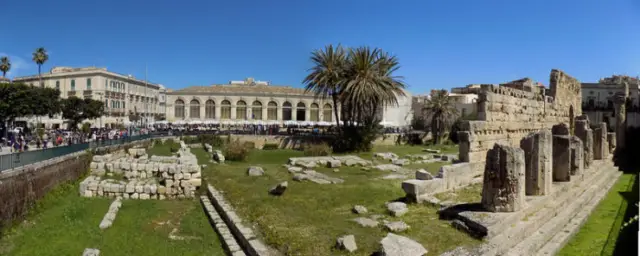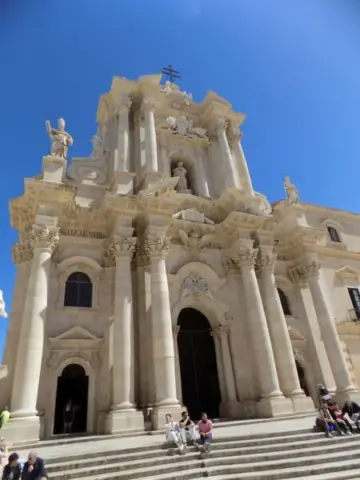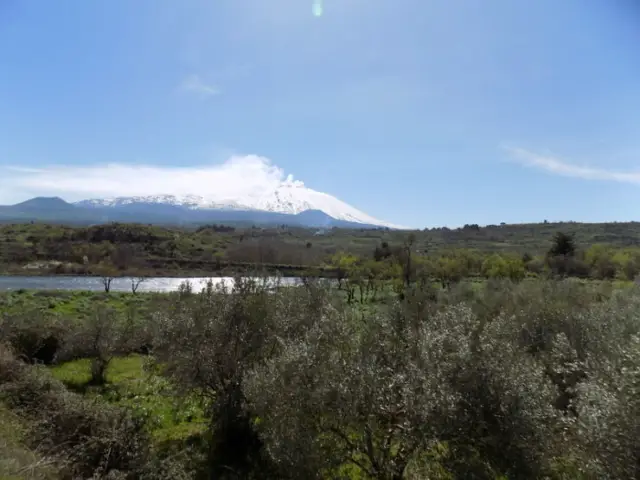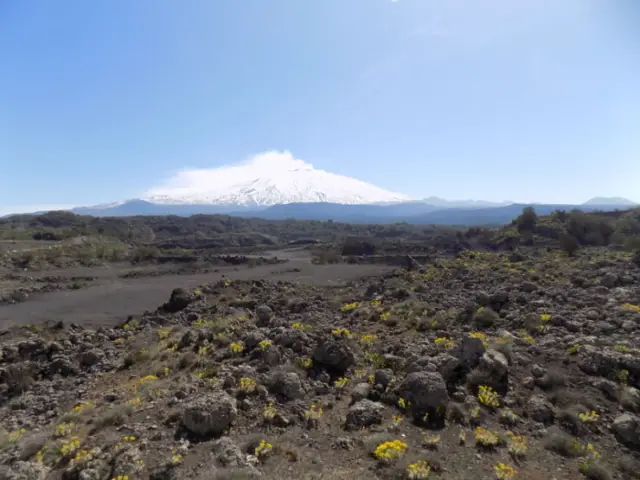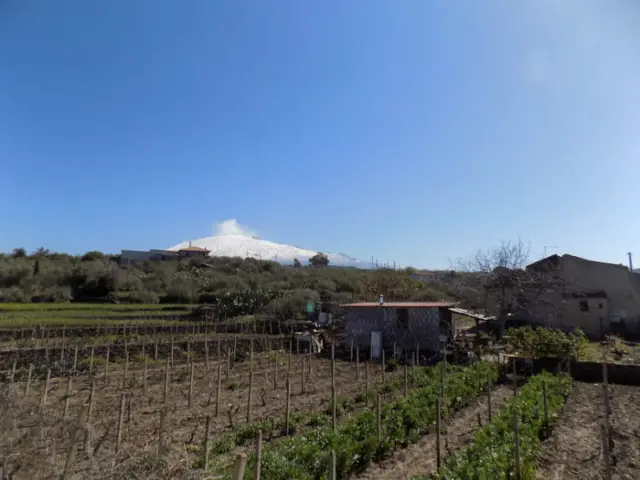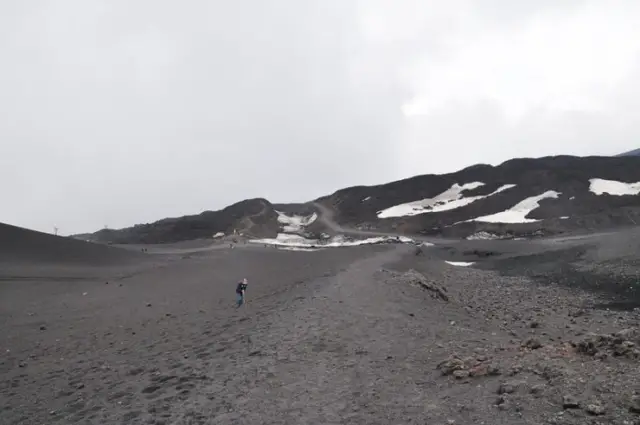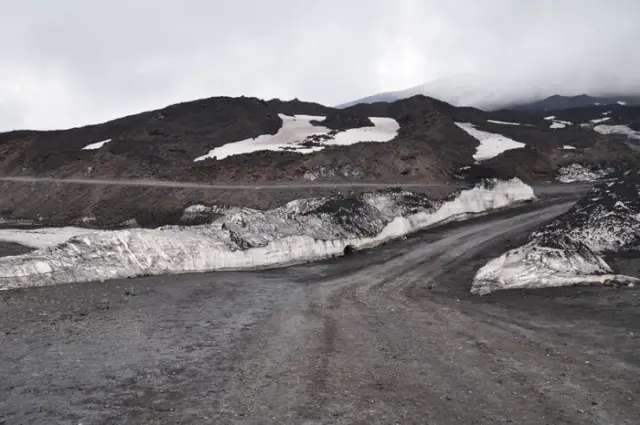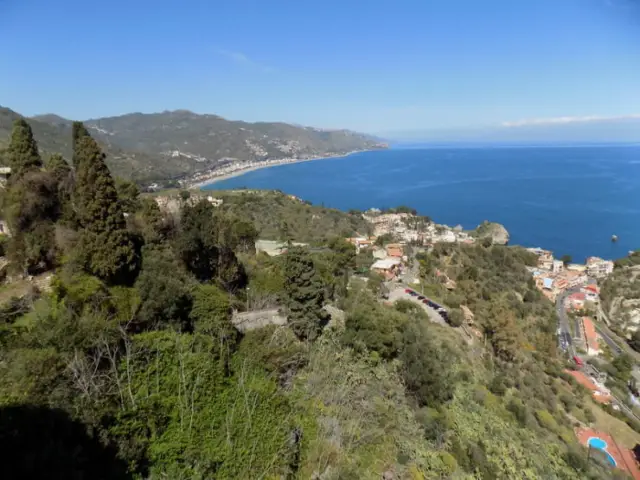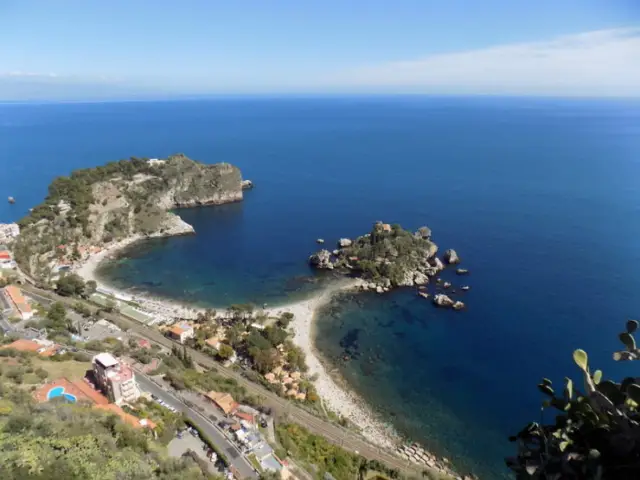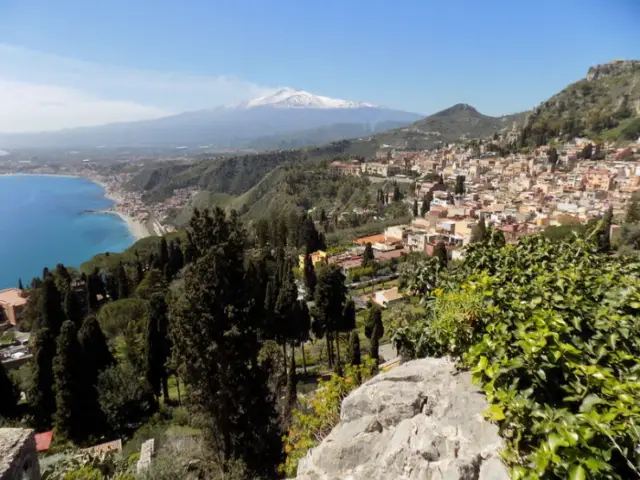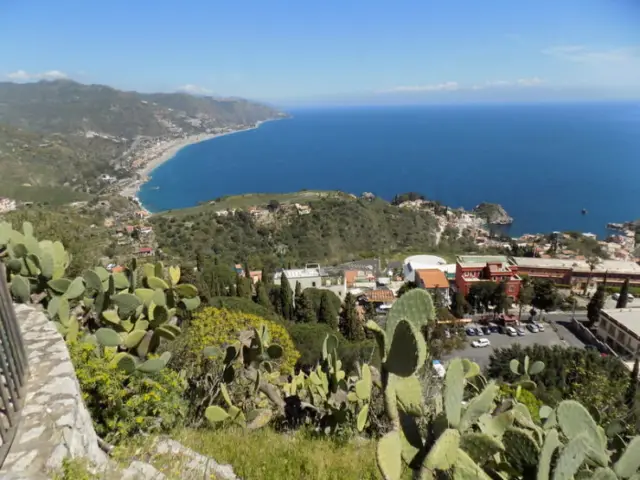Description
On the foothills of the mighty Mount Etna lies the beautiful city of Catania on the shores of the Mediterranean Sea. Its Sicily’s second largest city and the perfect place to spent a week full of culture, nightlife, beaches, stunning nature and awesome food.
The city has an 18 kilometers long beach and is famous for its street food – many dishes can only be found here. With mild temperatures in the winter and hot summers it’s the perfect beach destination for anyone who also loves ancient history and the outdoors.
In under an hour you can also visit the former Greek town of Syracuse, beautiful Taormina, visit a vineyard and climb the snow-capped Mount Etna which is one of South Italy’s active volcanoes beside the ones on the Lipari Islands and Mount Vesuvius in Naples.
Check out these 11 Must See Places in Catania which you can easily visit during a one week stay in the city.
| Our 7-Day Catania Itinerary |
|---|
| Day 1: A’ Piscaria Mercato del Pesce & Beach Time |
| Day 2: Cathedral of Saint Agatha & Piazza Duomo |
| Day 3: Giardino Bellini & Amphitheatre of Catania |
| Day 4: Street Food & Walking tours |
| Day 5: Syracuse |
| Day 6: Etna |
| Day 7: Taormina |
Gallery
Overall costs
$ 900
Duration
7 Days
Rating
Itinerary:
1. A’ Piscaria Mercato del Pesce
The fish market of Catania is one of the busiest and most fascinating markets in the Mediterranean and is located south of Piazza Duomo (Piazza Alonzo di Benedetto to be exactly). Fresh fish from the previous night is offered and cut into desired sizes. The market opens from Monday to Saturday at around 7.30 am until noon.
The best time to be there is between 8 to 9 o’clock in the morning when the market stalls are fully equipped and emotional price negotiations are in full swing. After 10 am it slowly gets quieter when the first merchants have sold their goods.
The fishermen constantly pour water over the fishes to keep them fresh which results in a wet and slippery floor. Make sure to wear closed shoes if you plan to walk between the market stalls. Otherwise there is also a balcony from where you can look at the colorful hustle and bustle from above.
The fish market is surrounded by other market stalls offering all kinds of local products such as cheese, olives, bread and fried fish from the market. It’s one of the best places to go shopping if you have an apartment with a kitchen and plan to cook some local food by yourself.
2. Beaches
Catania offers to completely different swimming and sun-bathing spots. The first one is a classical sandy beach (La Plaja) while the other one consists of steep black lava rocks (Scogliera).
La Plaja: The beach stretches from the port of Catania all the way south for 18 kilometers. Take the bus D-EST from Piazza Borsellino and get off wherever you think it looks nice.
Most parts of the beach are run by small businesses renting out sunbeds and umbrellas (from June to October) but there are also free access areas. The oldest and most famous one is Lido Azzurro in the very north of the beach with shallow waters popular by families and people seeking some calmness.
For a little bit more music and party feeling go to Cucaracha, Le Capannine or Le Piramidi.
The beaches can get a bit packed on Sundays especially in August. So, if possible, avoid these days.
Scogliera: The second spot stretches from Piazza Europa to Ognina. You can lend a sunbed on one of the wooden decks and jump right into the sea from it. Locals love the black beach of San Giovanni Li Cuti with its big black rocks.
There are many more hidden places if you follow the walkway to the north. Just have a look where the locals prefer to hang around.
3. Cathedral of Saint Agatha
The cathedral in the center of the city has a beautiful Baroque Façade and which was mainly built after a massive earthquake in 1693. It dates back into the 10th century and was constructed on top of a former Roman Bath but was destroyed several times due to earthquakes caused by nearby Mount Etna volcano.
The cathedral can be accessed from Monday to Saturday 7am to 12pm and 4pm to 7pm. On Sundays opening hours are from 7.30am to 12pm and 4.30pm to 7pm. There is no entrance fee but be aware of Italian dress code for churches.
4. Piazza Duomo
The square in front of the cathedral is a lively place with the iconic elephant fountain (Fontana dell’Elefante) in its center. The fountain is named after the black lava stone elephant which tops the structure. It’s not completely clear why architect Giovanni Battista Vaccarini has chosen an elephant but it’s said that it symbolizes the strength and toughness of Catania’s people.
Catania’s main shopping street Via Etnea starts at the square. You will also find the city’s town hall, nice cafes and the access to the famous fish market on the square.
5. Giardino Bellini
Credit: Author – License
Giardino Bellini or Villa Bellini is a park and oasis of calmness in the hectic city of Catania. The parks main entrance is located at Via Etnea.
Once you got up the impressive flower framed stairway, you’ll be on a big square with a water basin and fountain. There’s also a clock and date display made out of flowers which is renewed every morning.
A bit further uphill is a nice pavilion with great views over the park. Take a break from the bustling city on one of the many shadowy benches. The park has several walkways leading past all kinds of tropical plants and a statue collection of some of Italy’s most important men in history.
6. Amphitheatre of Catania
A few minutes down from Giardino Bellini on Via Etnea is a square called Piazza Stesicoro on which you can visit the remaining’s of one of the biggest amphitheaters in Italy. The theatre dates back into the second century B.C. with 71 to 51 meters in scale.
Different colored materials such as basalt, white limestone and red bricks were used to built the place which resulted in an uncommon colorful building for its time. Unfortunately, people started to use parts of the theatre for other structures. The cathedral of Catania for example has two pillars from the amphitheater on its marble front. Also, the obelisk from the elephant statue at Piazza Duomo origins from here.
The biggest parts of the theatre lie below the houses that you can see around the square. You can visit the site for free from Tuesday to Saturday 9am to 1pm and 2.30pm to 6pm.
7. Street Food
The people of Catania love to eat snacks on the street and so should you. Traditionally the peak times during the day for street food are during lunch time when people are in a hurry and at night when people slow down and have plenty of time to talk and laugh in the streets.
The fish market is a good place for lunch as mentioned above or places around Piazza Duomo such as the 24h open “Etoile d’or” bar. Neighboring “Spinella” and “Savia” at Via Etnea close to the Bellini Gardens are also popular places for their lunch menus.
Traditional lunch plates are called Tavola Calda. Most famous things to try are Pizzette (small pizza), Cartocciate (folded pizza with ham, cheese or spinach) and Arancini (deep fried rice balls).
For dinner head to Via Plebiscito. All kind of meat is grilled on the sidewalk with a few tables and chairs to sit down for a while. If evenings are colder you can also go inside one of the many bars and restaurants in the street.
Order a mixed plate of grilled meat with Cipollata which is a grilled spring onion wrapped in bacon and the most famous side dish for dinner in Catania.
8. Walking Tour
Free walking tours became one of the most common activities in all European cities and so it’s no surprise that Catania also has its own free walking tours. But there are also paid tours that are often topic related such as a street food tour which absolutely makes sense in a town such as Catania.
Free Tour Catania offers morning tours at 10am on Tuesday and Saturday. An afternoon tour is available on Thursdays at 4pm. The tour language is English, duration around 2 hours, start at Piazza Universita and you have to male a reservation via their website.
Freetour has a regular free walking tour and a paid food tour (€30). The food tour is available everyday while the free tour doesn’t take place on Sundays. Its worth checking their website for a reservation and also different language options.
9. Syracuse
The seaside town of Syracuse was founded by the Greeks and was one of the most powerful cities in Ancient times. The old part of the city lies on a peninsula called Isola di Ortigia.
From the train station walk directly to Neapolis Archaeological Park in around 20 minutes to beat the midday heat. You will pass some bars for a quick breakfast if you haven’t had one in Catania. Inside the park you will see a Greek theater, aqueducts, roman relicts, old churches and a cave. Plan to spend half a day there.
Once you finished your visit at the archeological site head into the old city center. You will need around 25 minutes to walk there. The part on the peninsula has charming old buildings, squares, fountains, an old Apollo temple, seaside walkway and a small beach. Spend your afternoon here exploring and enjoy dinner at one of the seaside restaurants before going back to Catania.
How to get there
By train: Regional train RV 3853 from Catania Centrale to Siracusa. There are several connections throughout the day with a duration of 1 hour and 10 minutes one-way.
Get around
The main attractions are on the small peninsula where you can easily walk to all popular places. The archeological sites are a 25-minute walk away from the peninsula.
10. Etna
Mount Etna is the biggest active volcano in Europe with an altitude of 3329 meters and a common sight from the streets of Catania. The mountain is covered in snow until the early summer.
There is a wide range of activities and tours you can book from Catania depending on the season. You can join a hiking trip close to the summit or take it easy on the lower parts of the mountain.
Most popular tours combine several activities such as a short hike, entering a cave or a visit at a winery with tasting in the afternoon.
Make sure to dress accordingly to the high altitude even during summer.
How to get there
Best way is to book an organized tour which includes transfer, guide and fees. You have to have a guide for the upper parts of the mountain anyway so it’s easier to book a package in Catania than to organize one by yourself once you arrive at the volcano.
11. Taormina
The beautiful village of Taormina is located 50 kilometers north of Catania between the foothill of Mount Etna and the Mediterranean coast. Taormina has a Roman theater with magnificent views over the coastline towards Catania and smoky Mount Etna as well as some awesome beaches.
Start your day with a walk from the train station uphill to Porta Catania (~40 minutes). The old city gate is the entrance to the old center and the start of Corso Umberto which is the main walking street of the village.
Follow the street westwards and you will pass the beautiful church Duomo di Taormina, the bell tower Torre dell’orologio and the main plaza Piazza IX Âprile.
There are lots of cafes for breakfast in this area. After having some food continue to the Roman theatre (Teatro Antico di Taormina – entrance fee € 10) and afterwards to the public gardens of Villa Comunale Di Taormina.
After seeing all the attractions of the village, it is time to head down to Mendolia for some beach time where you can spend the rest of the day with great views to Isola Bella.
How to get there
By train: Regional train (12846 to Messina Centrale) from Stazione Catania Centrale to Taormina-Giardini. The train ride takes 42 minutes with many connections throughout the day.
Get around
Walking is the best option in the lower parts at the sea and as well for the village center. Take the cable car from Mazarro to Taormina if you want to avoid the steep stairways between them.

